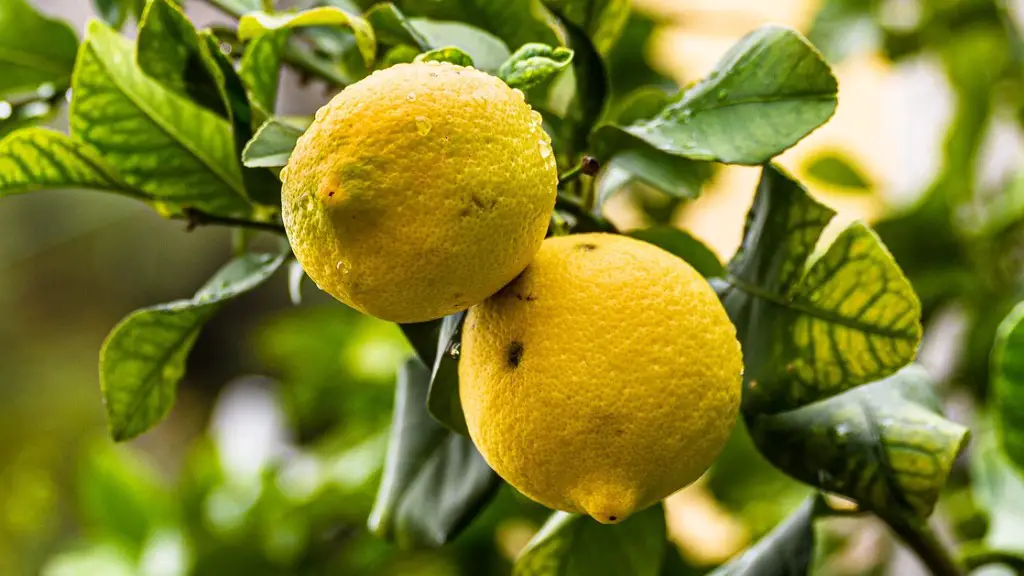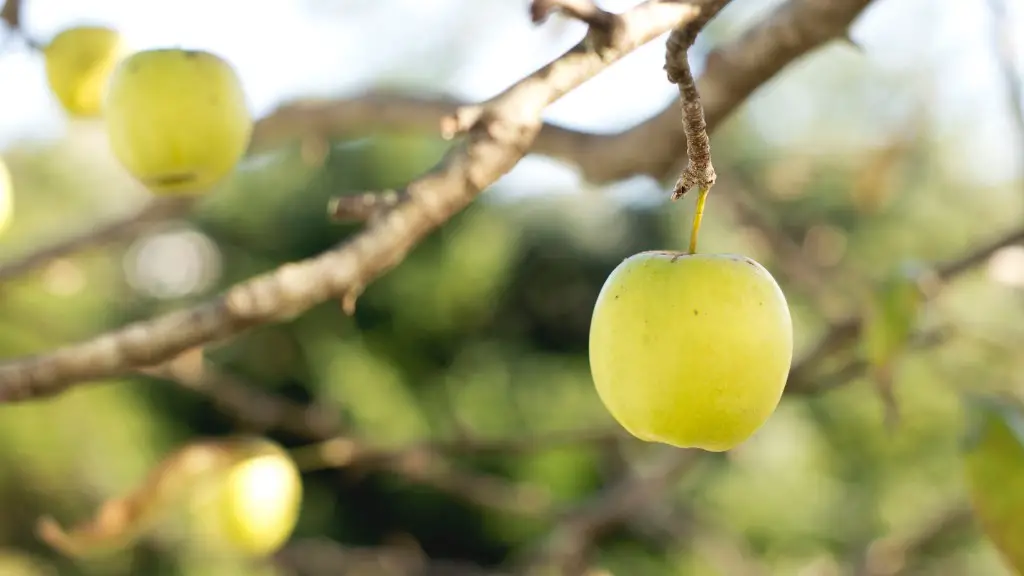An indoor lemon tree offers a plethora of advantages, from a gorgeous fragrant scent to the sheer joy of harvesting homegrown lemons. Here are the steps for how to start a lemon tree indoors in a few easy steps.
Firstly, it’s important to buy the right lemon tree. Generally, the smaller the tree, the better; this allows it to adjust more quickly to its new environment. Consider options that are cold-tolerant, well-draining, and can tolerate various soil conditions.
Secondly, it should then be planted in a pot that is at least 12 inches in diameter. The pot should have adequate drainage to reduce the chances of root rot and have sufficient soil to retain moisture.
Thirdly, the lemon tree should be given enough light to thrive. Keep in mind that indoor lighting options generally aren’t sufficient enough and to get the most out of your lemon tree, you will need to provide it with natural light. Place it near a sunny window and keep the temperatures in the room between 55-85 degrees.
Fourthly, it is equally important to ensure your lemon tree gets enough water. Keeping the soil consistently moist will ensure its health and growth. If the soil gets too dry, the leaves will start to turn yellow, so be sure to water regularly.
Fifthly, fertilize your lemon tree about every two weeks during the growing season. This will help to encourage lush growth and better fruit production. Choose a fertilizer that is specifically designed for citrus trees and be mindful of not over-fertilizing, as too much can do more harm than good.
Sixthly, another essential step is to prune your tree. Prunes keep the leaves and branches healthy, and make the tree look neater and tidier. Be sure to cut back any dead or dying branches and encourage new growth.
Lastly, be sure to inspect your tree every once in awhile to look for any pests or disease. They can weaken the tree and cause damage to the fruit. Take measures to use an organic insecticide or fungicide if pests are present. Regular care and maintenance will ensure the optimal health of your indoor lemon tree.
Rotation
If you would like to make the most out of your indoor lemon tree, be sure to rotate it every three weeks. This will ensure that each side of the tree gets direct, even sunlight. This also helps keep the plant from leaning, as it will help the branches from growing in one direction all the time.
Support
The soil should be well-draining, yet still have enough nutrients to keep the soil loose and do not compact it. If you find the lemon tree leaning, it is likely due to inadequate soil depth or lack of support. You may need to put in a stake or some stakes to support the tree and stop it leaning in a single direction.
Humidity
Lemon trees grown indoors do best when they are kept in rooms that are consistently humid, generally between 40-50 percent. If the humidity is too low, you may notice the tips of the leaves turning brown and the leaves may start to drop prematurely. To increase the humidity level, you can place a humidifier in the room or place the pot in a tray of water lined with pebbles.
Temperature
It is important that the lemon tree is kept in an environment with temperatures ranging between 55-85 degrees Fahrenheit. During the winter season, you may want to cover your lemon tree with a blanket or sheet when the temperature gets too low. If the temperature drops below 55 degrees, your tree will likely suffer significant damage.
Pruning
You should prune your indoor lemon tree once per year and start removing anything that is dead or dying. This will encourage new growth and raise the chances of the tree yielding an abundant harvest. As with any pruning, be sure to cut away any crossed or diseased branches.
Bugs and Diseases
Pests and diseases can harm the growth of your indoor lemon tree, so it is important to be vigilant in checking for any sign of pests or disease. If needed, you may need to use an organic insecticide or fungicide to keep pests and diseases at bay. Additionally, be sure to inspect the tree for any signs of damage, like yellowing leaves or brittle, dead twigs.


